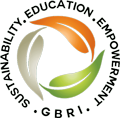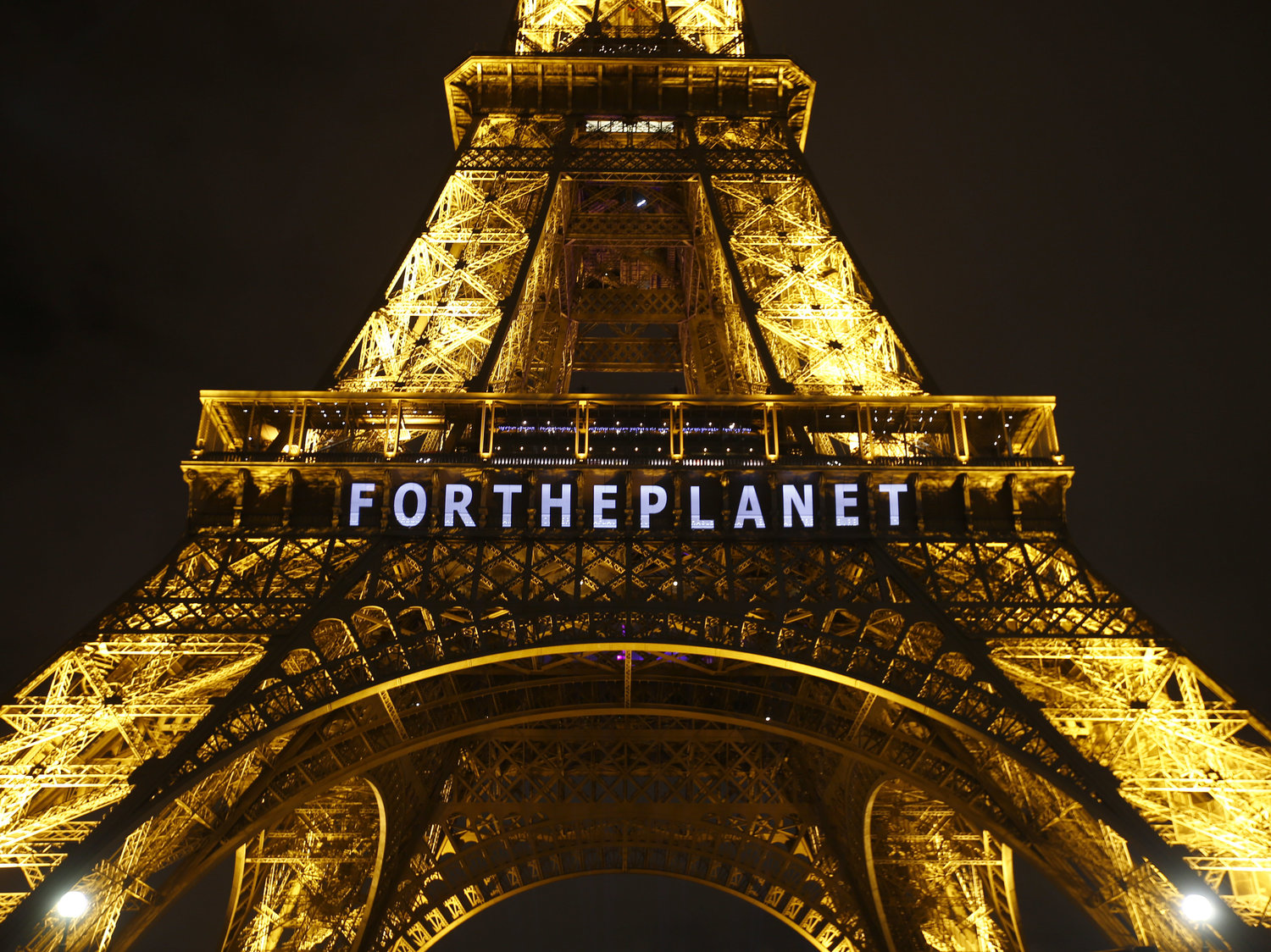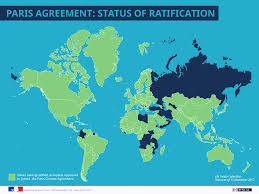Please Note: We have listed this article course as a flipbook on this page for those interested in auditing the course/lesson. If you need to report this course for Continuing Education (CE) or need a certificate, please enroll in the course or get a Platinum membership and access all our courses at your leisure. Enrolled students must take and pass the short quiz in order to earn CE credits. In addition, this course needs to be self-reported. Self-reporting information will be accessible once you complete the Quiz.
About
The planet is warming rapidly and we’ve already seen its effects. Glaciers are melting, animal migration patterns are changing, and islands are disappearing. Climate change is not some far off phenomenon; it is happening now. Unfortunately, the planet does not have many options. It is projected that the earth will warm to around 37.4 degrees F (3 degrees C) by 2030, and by then we can’t turn back.
Climate change has been on the United Nation’s agenda for over 30 years. The Kyoto Protocol was the first such agreement between nations to assign country-by-country reductions of GHG emissions. In December 2015, all nations were brought together at COP21 in Paris to undertake the ambitious efforts to combat climate change. The conference negotiated the Paris Agreement, a global agreement on the reduction of climate change. While all 195 nations signed off on these goals for 2030, is it an Overly Optimistic Pledge? Find out as we explore this topic through this downloadable article.
As sustainability professionals, what do you think our options are at this point?
What you will learn
- Recognize U.N’s role in fighting Climate Change
- Learn about the Paris Agreement
- Analyze the goals of the Paris Agreement
- Understand the role of countries as it relates to the Paris Agreement
Course Content







Responses